What Is a Walking Foot and How to Use It
The walking foot is an additional presser foot typically purchased separately from the presser foot options that come with your machine. This part is brand or model specific, so you need that information when you shop for one. This special foot helps move both layers of fabric at the same time as you sew. For most sewing projects, the feed dogs on your machine’s throat plate push your project along just fine from the underside or bottom, and you experience no issue at all. However, there are some projects where the walking foot is incredibly helpful. It is possible that your machine could come with dual feed feet, but none of mine have this feature. Check your machine’s specifications if you are unsure.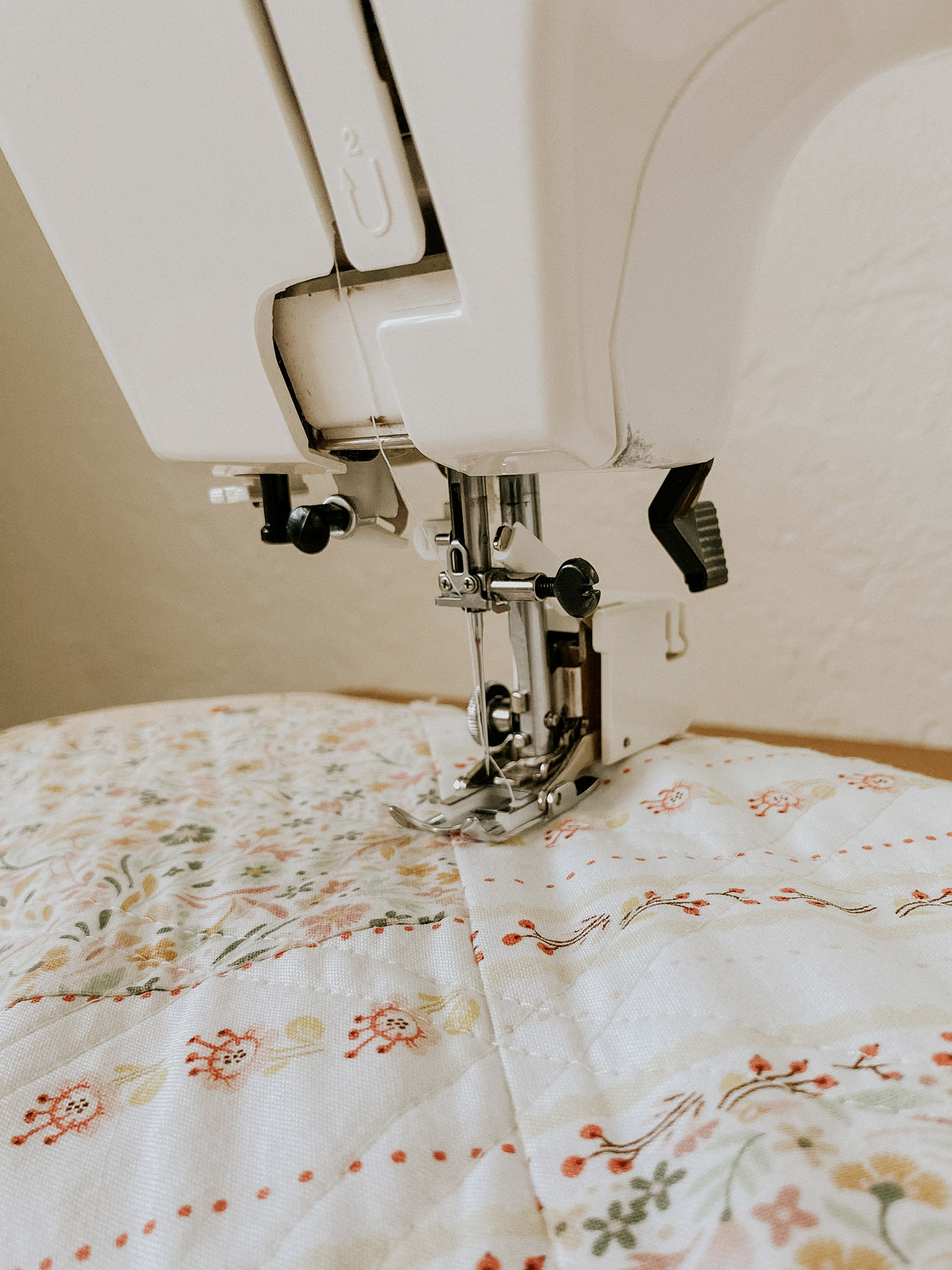 For thicker projects, the top layer of fabric you are sewing could shift because the feed dogs underneath provide texture for movement, while the traditional presser foot on the top layer is smooth and flat. This could result in puckering or inaccurate stitches. I first discovered this issue when I was quilting. When you have a layer of batting or flannel between your two layers, it provides more opportunity for movement on the top fabric. I purchased the walking foot and was amazed at how smoothly both layers of the project moved through the machine. Not only is it helpful for the layers in quilting, but it’s also extremely beneficial when adding the binding to the edges, as the weight doesn’t pull the project away from the machine. The grip it provides from the top helps prevent slipping. The walking foot is also helpful for sewing thicker linen projects.
For thicker projects, the top layer of fabric you are sewing could shift because the feed dogs underneath provide texture for movement, while the traditional presser foot on the top layer is smooth and flat. This could result in puckering or inaccurate stitches. I first discovered this issue when I was quilting. When you have a layer of batting or flannel between your two layers, it provides more opportunity for movement on the top fabric. I purchased the walking foot and was amazed at how smoothly both layers of the project moved through the machine. Not only is it helpful for the layers in quilting, but it’s also extremely beneficial when adding the binding to the edges, as the weight doesn’t pull the project away from the machine. The grip it provides from the top helps prevent slipping. The walking foot is also helpful for sewing thicker linen projects.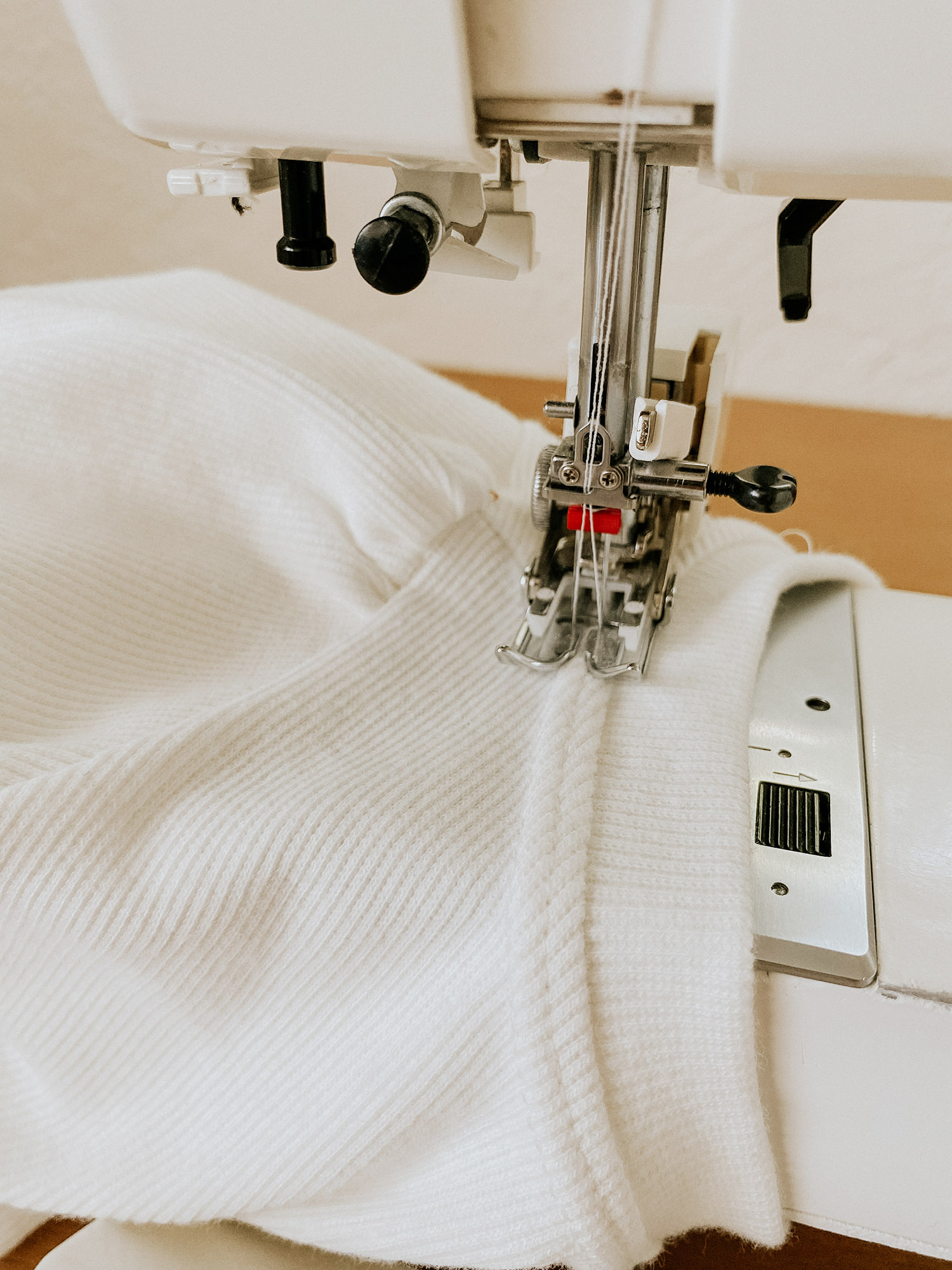 For thinner fabrics like lightweight knits, where you are trying to prevent stretching, this presser foot option also adds significant benefits. It provides added stability and control as both layers move securely together. You can even use the double needle option.
For thinner fabrics like lightweight knits, where you are trying to prevent stretching, this presser foot option also adds significant benefits. It provides added stability and control as both layers move securely together. You can even use the double needle option.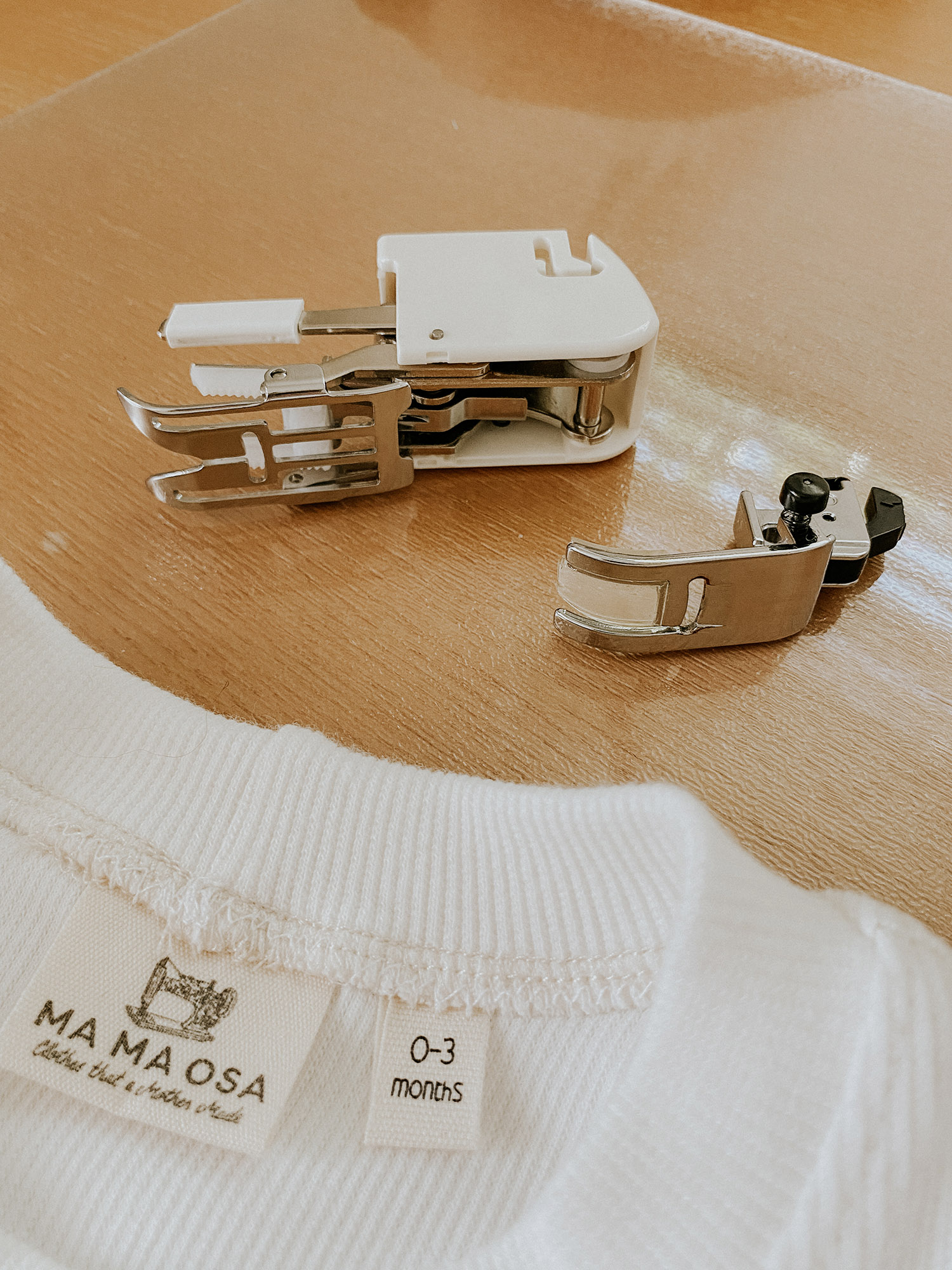 The “how to use” is quite simple. You remove your traditional presser foot and screw this one in its place. You can see this in my photo of the walking foot from the left. Then, make sure that the little mechanism on the side that moves up and down is placed above (or in some cases attached to) the part of the sewing machine that moves up and down. You can see this in my photo of the walking foot from the right side. Thread your machine and sew as usual.
The “how to use” is quite simple. You remove your traditional presser foot and screw this one in its place. You can see this in my photo of the walking foot from the left. Then, make sure that the little mechanism on the side that moves up and down is placed above (or in some cases attached to) the part of the sewing machine that moves up and down. You can see this in my photo of the walking foot from the right side. Thread your machine and sew as usual.
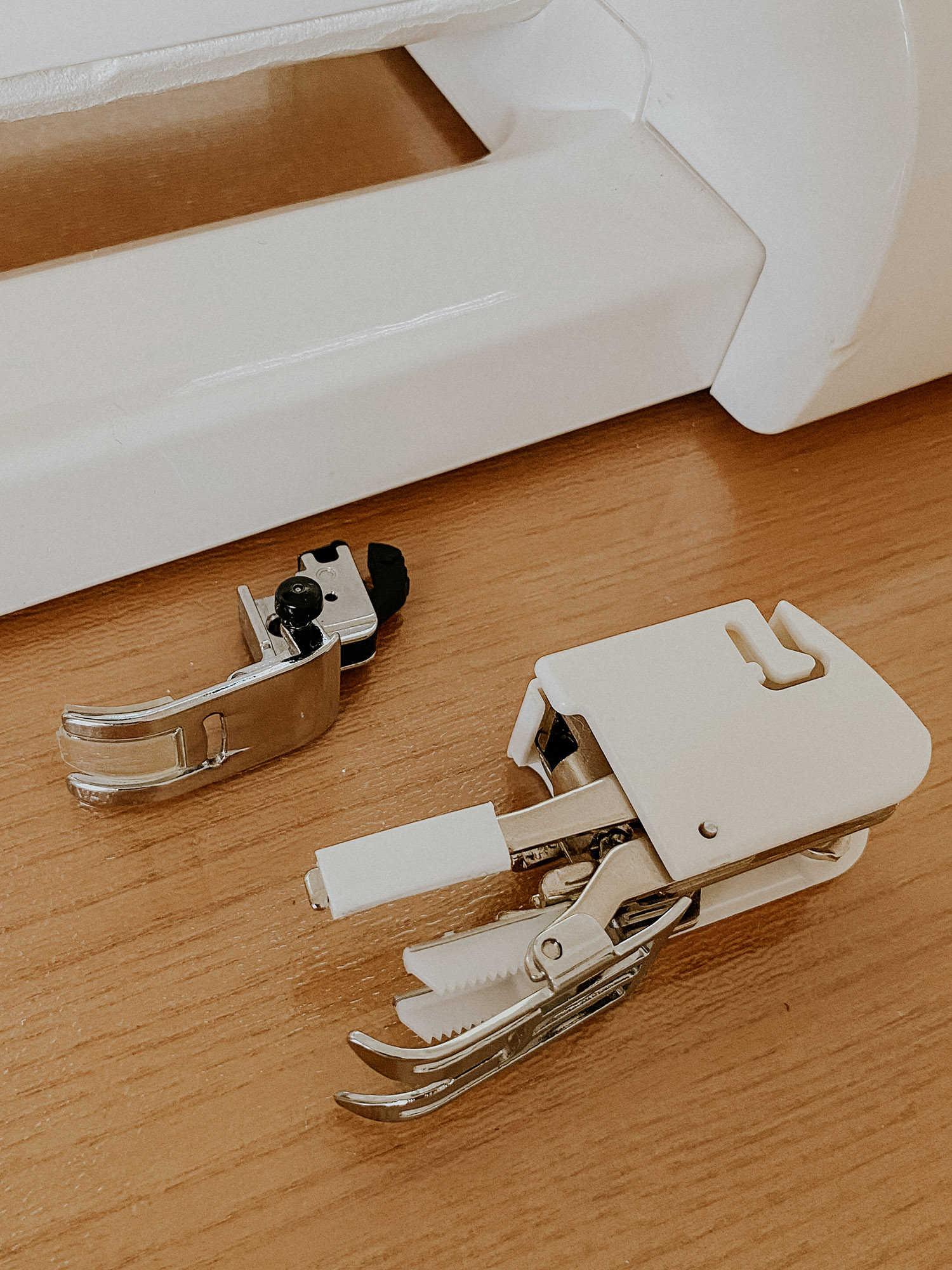 You don’t have to reserve this special foot for only thicker fabrics or lightweight knits; feel free to use it for any project where you feel the project needs extra help to keep the fabric in place.
You don’t have to reserve this special foot for only thicker fabrics or lightweight knits; feel free to use it for any project where you feel the project needs extra help to keep the fabric in place.





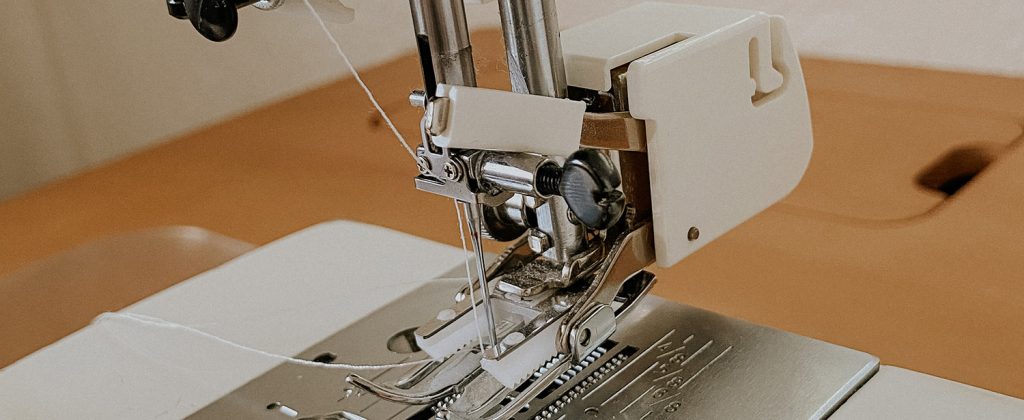
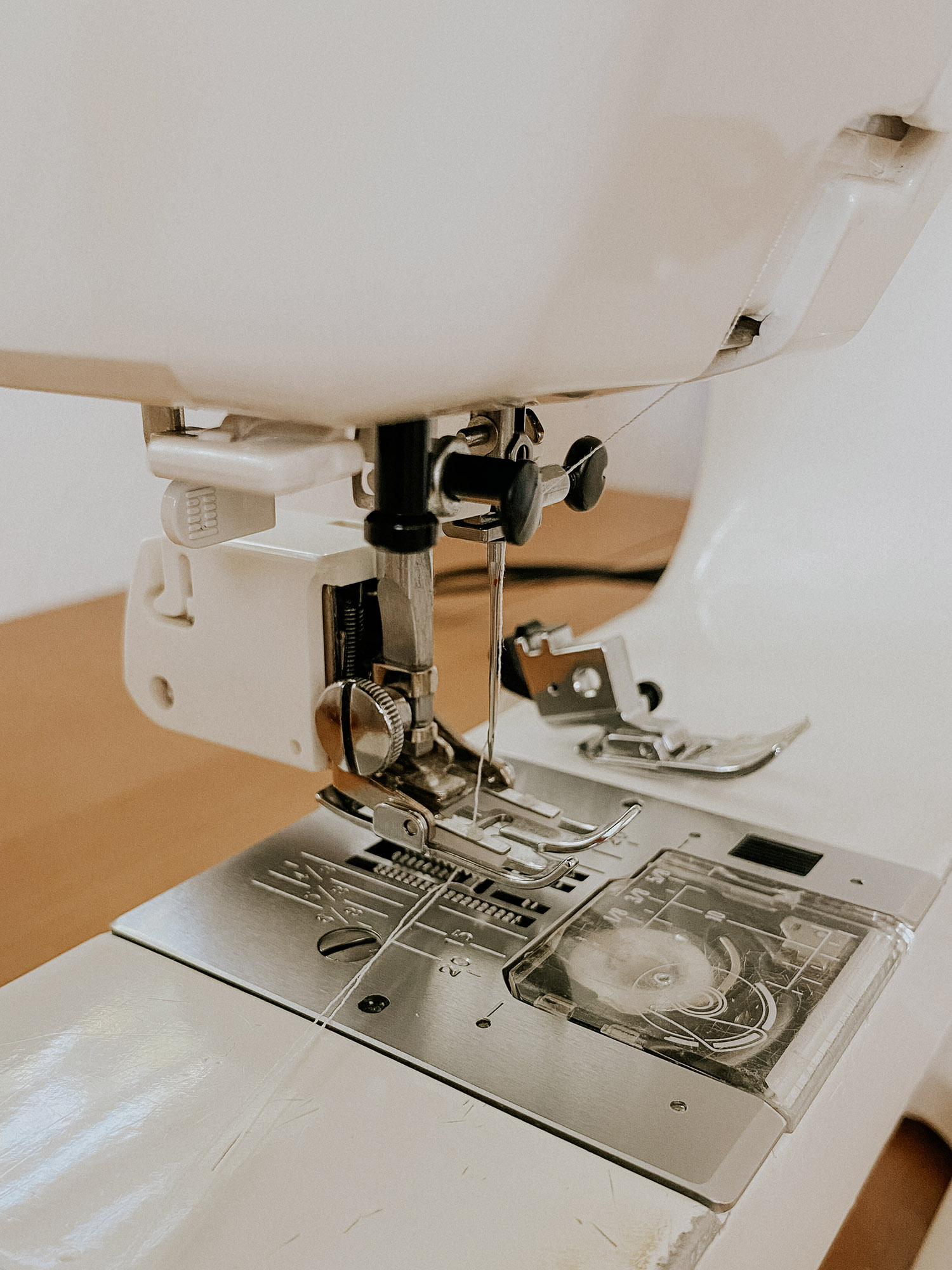

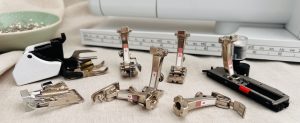
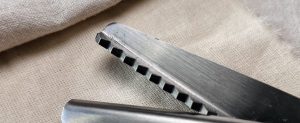







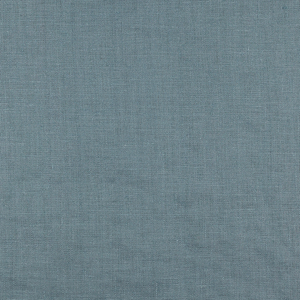











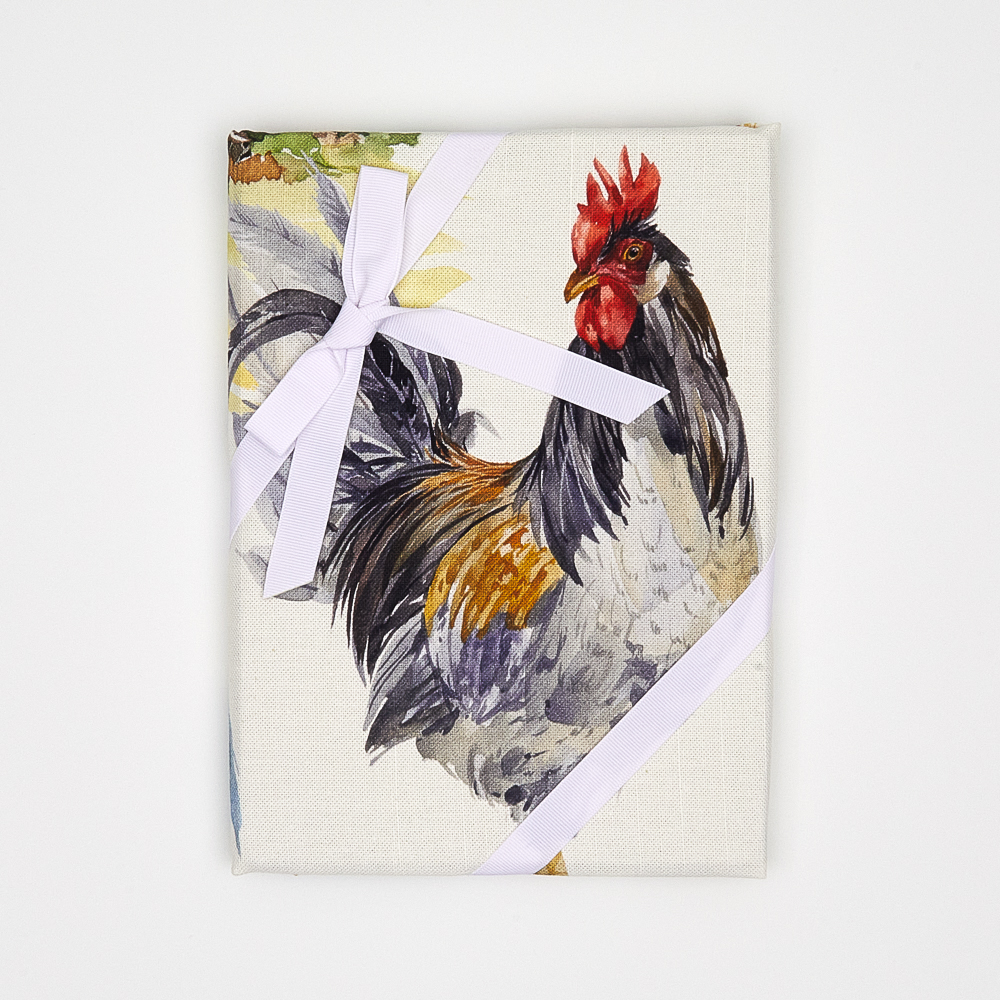









One Comment
Kelly Singh
Thank you! I have this foot and knew it was helpful for quilting but have not used it for garments. I’ve been sewing with knits lately and am struggling to get the stitching to look nice. I’ll give the walking foot a try now.